

You might have seen the headlines this week, sharing the news that straight homophobes have discovered that male cheerleaders exist via the Minnesota Vikings, and losing their goddamn minds about it. Honestly, the performative outrage of these people is exhausting — and quite frankly, so out-of-date it’s actually boring.
Male cheerleaders are nothing new, and the fact that they’re being leveraged in the never-ending culture wars says more about straight people’s hang ups than it does about the sport of cheerleading.
Men have always been a part of cheerleading history
Cheerleading is one of the fastest-growing sports in Australia and worldwide. Its history goes all the way back to the mid 1900s, when groups of male yell leaders would stand on the sidelines leading chants and call-and-response cheers.
The man credited with shaping cheerleading into an organised sport and later billion dollar industry is Lawrence Herkimer, who professionalised the activity when he founded the National Cheerleader Association head office in Dallas, Texas. What started as an all-male side line activity eventually evolved into the dynamic, athletic, performance-based sport we see today.
Fast-forward to now: cheerleading looks very different. It combines athletic disciplines like tumbling, acrobatic stunting, and dance with fashion, custom music, and all in a team environment.
Globally, the sport is 98% female, but mixed and coed divisions are popular and thriving at competitions.
Male athletes bring serious bench depth to rosters, not just lifting and basing in one-on-one stunts, but also flying in pyramids and tumbling alongside their teammates. The sport has never been just about pom-poms; it’s about strength, artistry, and teamwork.s
In Australia, cheerleading is one of the most inclusive sports you’ll find
Here in Australia, cheerleading is also one of the most inclusive sports you’ll find. Major events host both mainstream and all-ability divisions, giving athletes of all backgrounds and skill levels the opportunity to compete.
Unlike in the U.S., where cheer is often tied to school programs, Australian cheerleading thrives in private clubs, meaning athletes can continue competing well into adulthood. In fact, adult teams are highly popular here, creating a pathway that extends far beyond high school years.
And Australians aren’t just participating, we’re excelling. Earlier this year, Team Australia secured gold at the ICU World Cheerleading Championships in Orlando, Florida, cementing our place on the international stage.
More recently, at The World Games in Chengdu, Australia made history when Emily Growdon and Shayla Myerscough stormed from 6th place in the semis to claim bronze in Performance Cheer Pom Doubles finals. It was the sport’s debut at The World Games, which also serves as the official testing ground for future Olympic sports.
So, yes, male cheerleaders exist. They have always existed. They’re athletes, performers, and teammates just like their female counterparts.
If people are still clutching their pearls over the sight of a guy in uniform flipping, stunting, or dancing, maybe the problem isn’t the sport—it’s the outdated stereotypes being projected onto it.
Cheerleading has come a long way from its southern U.S. roots, and in 2025, it’s a global, inclusive, and fiercely competitive sport. The presence of men on the mat isn’t revolutionary. It’s normal. And honestly? It’s really not a big fucking deal.
Conservative political commentator Tomi Lahren even added, “”I’m sorry, but I don’t get the outrage over the male cheerleaders. Who cares? It’s not necessary for conservatives to be outraged over absolutely everything.” Which shows that even the worst person you know can occasionally make a great point.
You can check out Team Australia’s National Team here:
Dustin Lowrey is a Gold Coast local and National Director of the Australian Cheer Union, the country’s peak body for the sport of cheerleading.


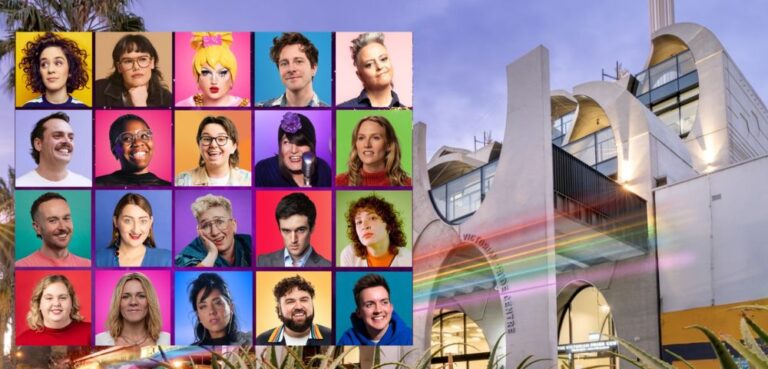
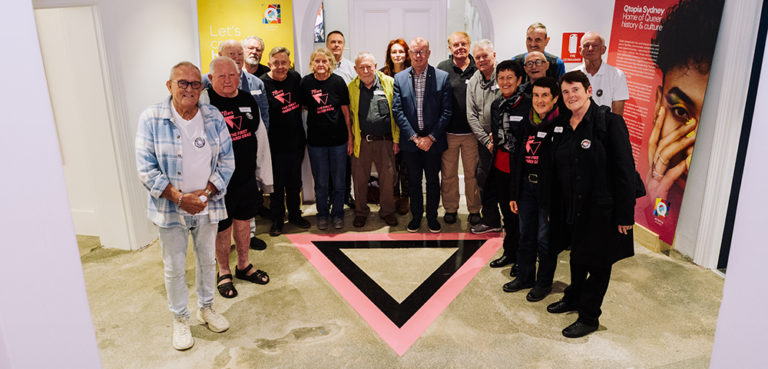
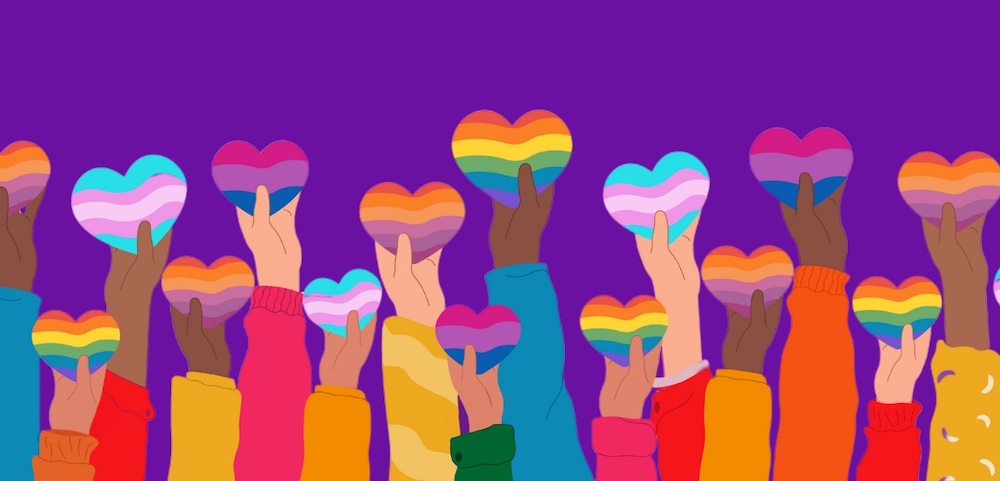
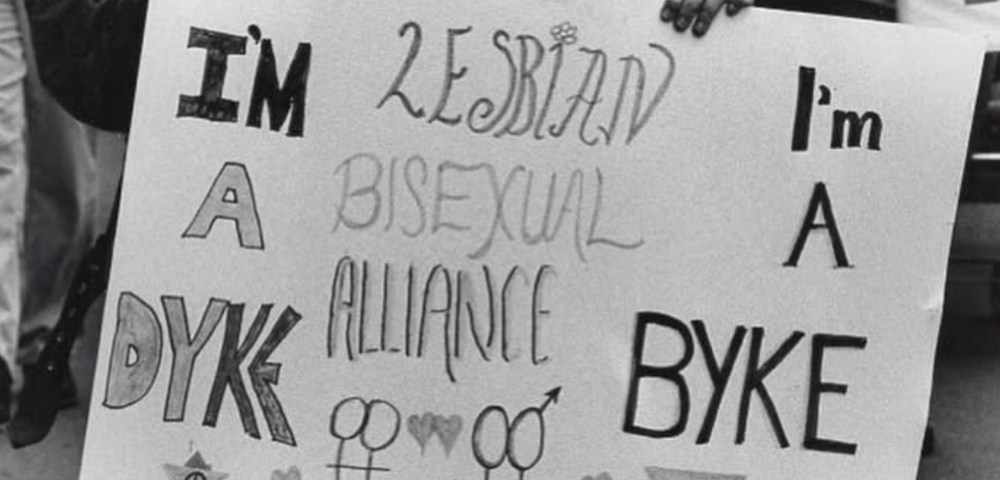
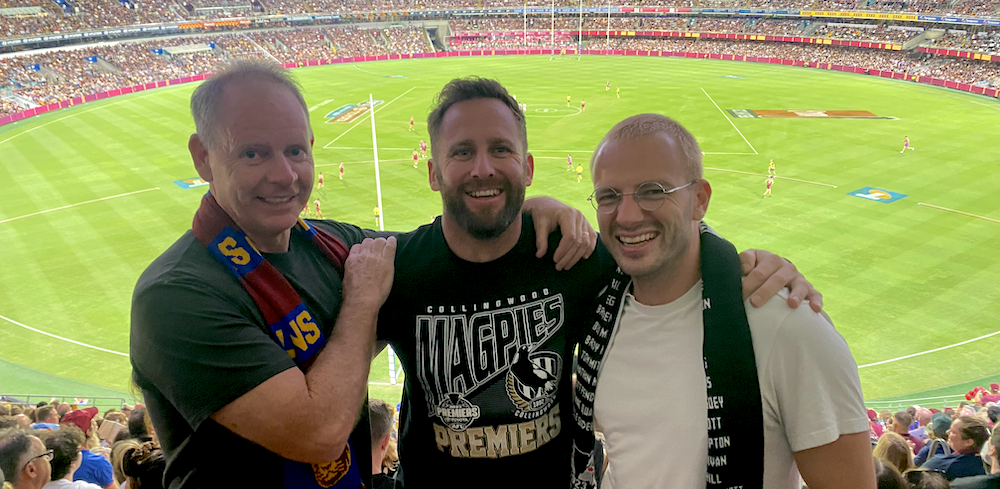
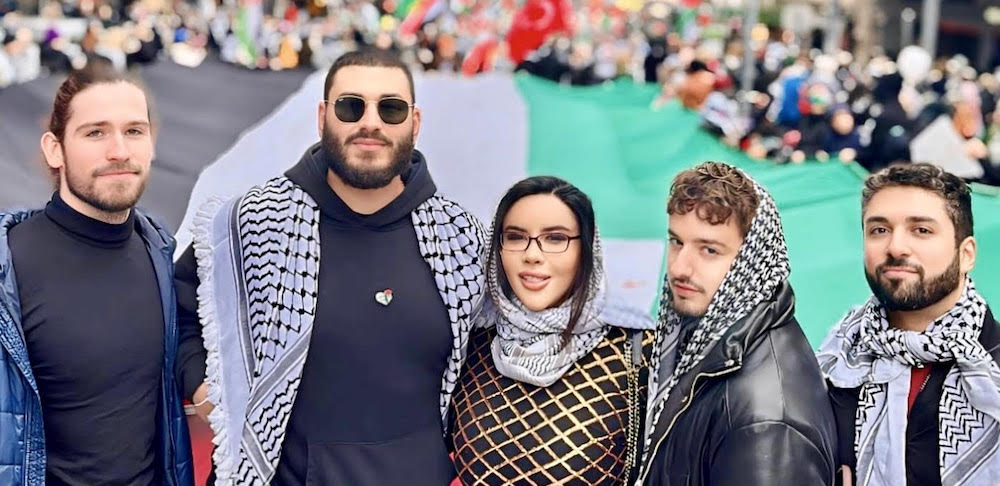

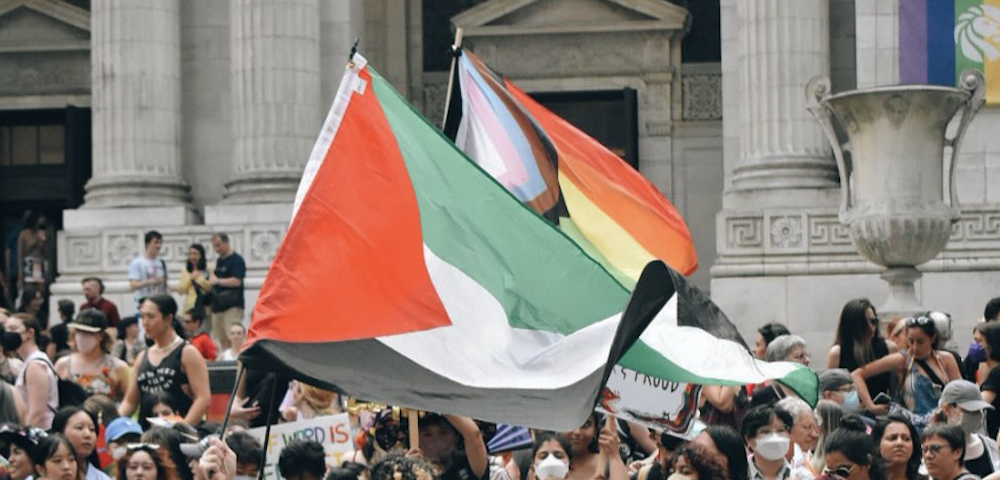
Leave a Reply